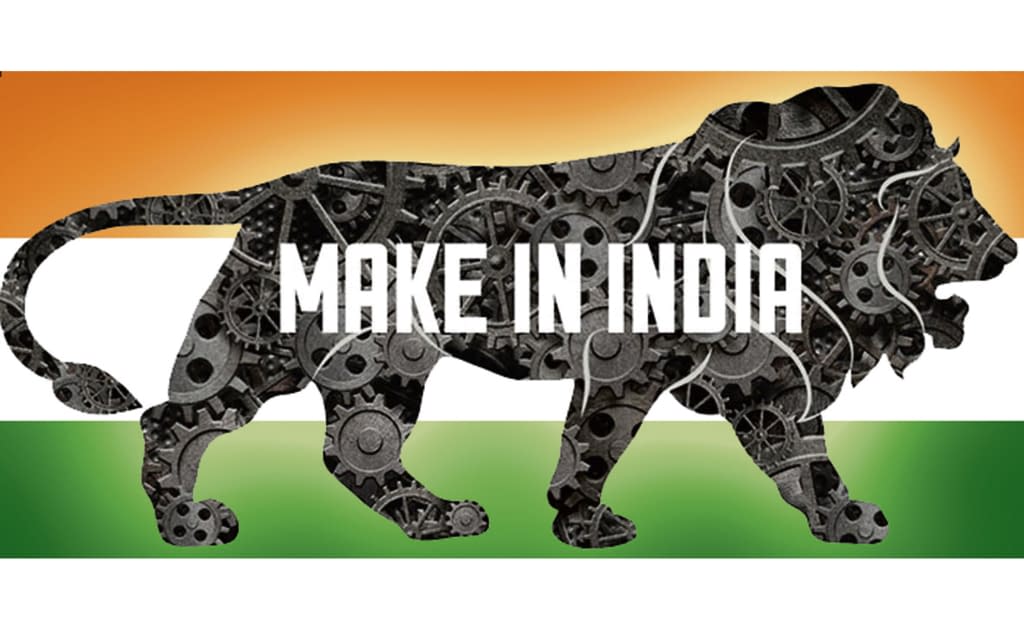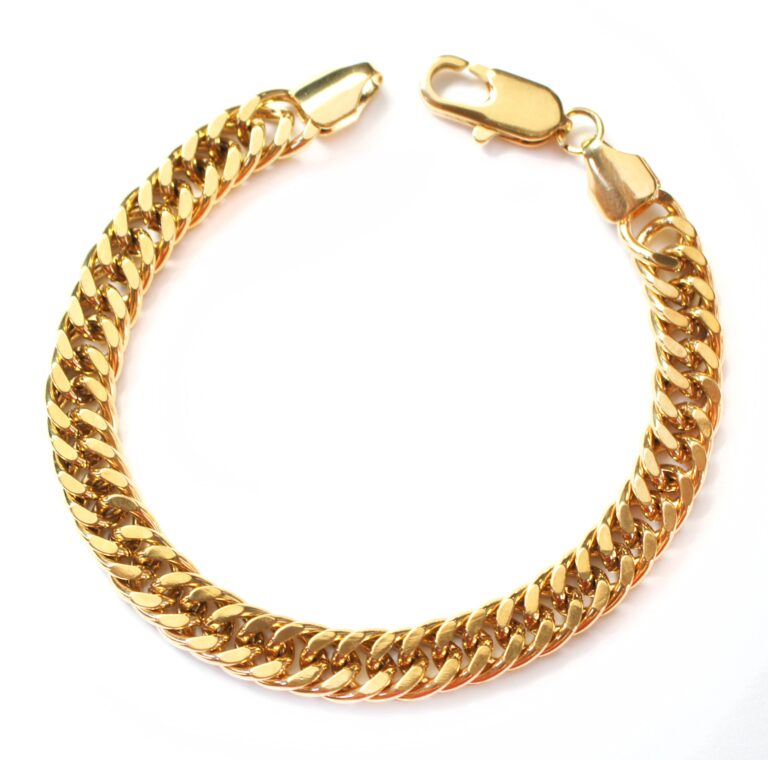
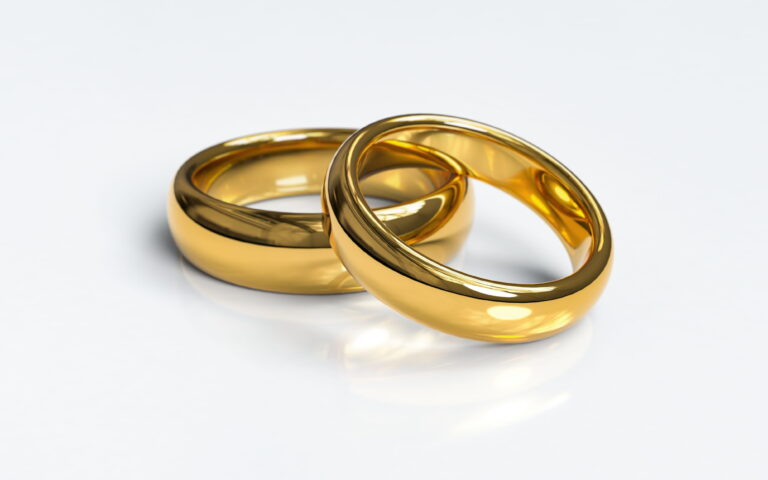
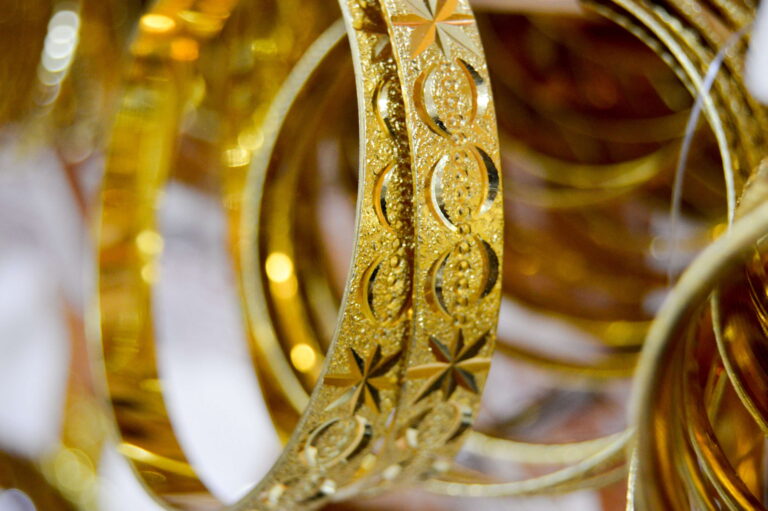
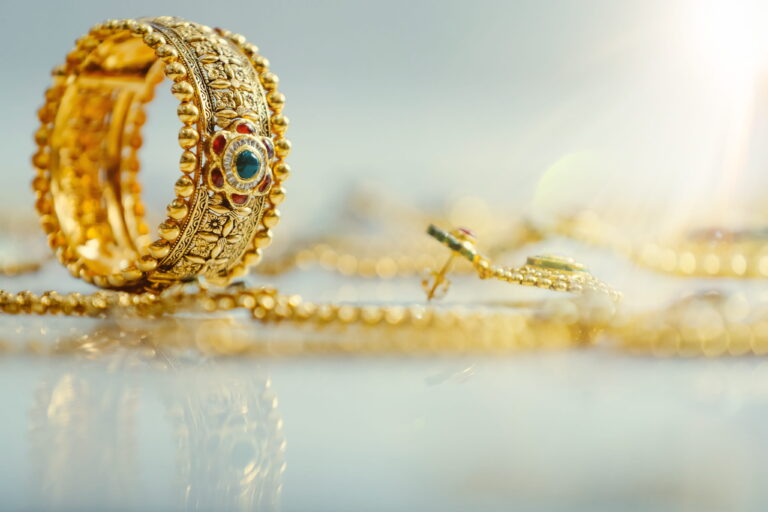
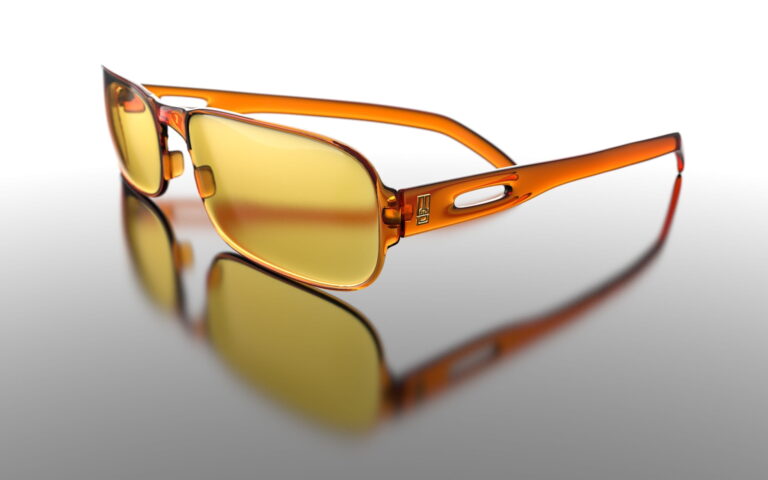
Jewellery/ Dentures/ Spectacles Applications
Polishing wheels are also used in the jewelry manufacturing industry. The process involves using a polishing wheel that is coated with an abrasive material such as diamond or silicon carbide. The wheel is then rotated at high speeds while being pressed against the jewelry. This creates friction which removes any surface imperfections and creates a smooth finish.
The type of polishing wheel used depends on the type of jewelry being polished. For example, rotary wheels made from felt and soft muslin are impregnated with less abrasive compounds and worked as they buff the metal’s surface
Artisans skilled at jewelry polishing use a wide array of machines and hand held tools to remove uneven or rustic surfaces from gold, platinum or silver. Using wheels and bits charged with abrasive compounds the polishers shape and contour surfaces. The next stages include lighter polishing mediums that reveal a brilliant shine. Through years of experience a jeweler develops jewelry polishing techniques that seem to magically unlock the beauty of precious metal.
| Buffing Wheel Name | OD | ID | Treatment/Cloth | Hardness |
| Mop Wheel | 150-300 | 10mm Onwards | Denim Spiral Stitch | High |
| Mop Wheel | 150-300 | 10mm Onwards | Single Stitch open Buff | Extra Soft |
| Mop Wheel | 300-250 | 10mm Onwards | Fine poplin Stitched buff | Soft |
| Sisal Disc | 300-250 | 10mm Onwards | Stitched Disc | High |
| Mop Wheel | 150-300 | 10mm Onwards | Constant Stitch Buff | Medium |

